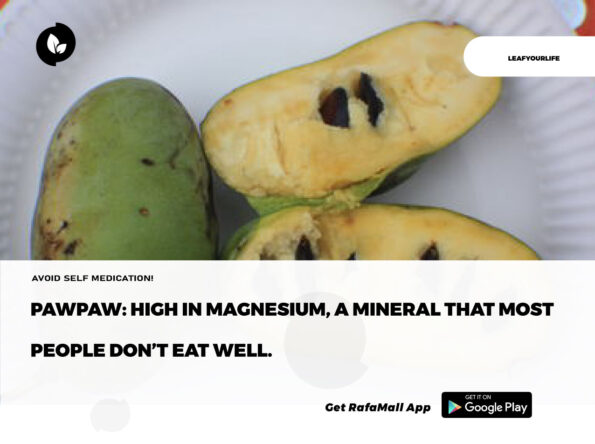
For most of us, what we know as pawpaw is not the real pawpaw after all. What we call pawpaw is papaya. Pawpaw and papaya are different altogether. Read my article on papaya.
With regards to Pawpaws, they are the fruit of the Asimina triloba tree, native to the eastern United States and southern Canada. For instance, a study by Kaas et al.(2020) revealed that Pawpaws belong to the Annonaceae plant family, which consists mainly of tropical and subtropical plants.
A recent study by Wyatt et al.(2021) found that pawpaws are regarded as the biggest edible fruit native to North America, measuring 2–6 inches (5–16 cm) and 1–3 inches wide (3–7 cm).
The author further revealed that “pawpaw” is a Spanish name given to the fruit by members of conquistador Hernando de Soto’s party during a colonization attempt in the Southeastern United States. The Native American term for the fruit was assemina. Besides, different types of pawpaws are available
Contents
According to Kentucky State University’s Pawpaw Research Project, 100 grams of ripe pawpaw fruit with skin contain the following:
- Calories: 80
- Protein: 1.2 grams
- Fat: 1.2 grams
- Carbohydrates: 18.8 grams
- Fiber: 2.6 grams
- Vitamin C: 20% of the recommended Daily Value (DV)
- Riboflavin: 7% of the DV
- Potassium: 7% of the DV
- Magnesium: 27% of the DV
- Manganese: 113% of the DV
- Iron: 39% of the DV
The same report also found that a 100-gram serving of pawpaw contains 3 times as much vitamin C as an apple and twice as much as a banana.
The National Institute of Health, https://ods.od.nih.gov/factsheets/Manganese-HealthProfessional/ revealed that pawpaws contain magnesium and nonheme iron, and higher in manganese, a mineral that aids nutrient metabolism, immune function, reproduction, skeletal health, and more.
The only challenge is that studies were done on pawpaw fruit with the skin. Pawpaw skin is regarded as inedible, hence any nutrients in it, such as fiber and fat, would not be consumed.
Pawpaw, science
As mentioned supra, pawpaws are loaded with several nutrients. One study by DiNicolantonio et al.(2018) found that Pawpaws are high in magnesium, a mineral that most people don’t eat well.
Pawpaws are a good source of nonheme iron as well. One recent study by Ems et al.(2023) reasoned that there is a need to combine nonheme and heme iron in our diet to maintain optimal levels. This is because the nonheme found in plant foods isn’t as bioavailable (easily absorbed and used) as the heme iron found in animal foods or the iron found in supplements
Plant compounds
Two studies (Moraes et al. 2020; Bagdas et al. 2020) found that pawpaws have the following plant compounds, and phenolic compounds such as epigallocatechin, epicatechin, chlorogenic acid, and p-coumaric acid, which have antioxidant and anti-inflammatory properties.
The antioxidant content reduces as the fruit changes colours.
Take Home
Pawpaws have many health benefits and can be incorporated into your daily meals. Remember that it is different from papaya.
NB:
Prof. Nyarkotey has strict sourcing guidelines and relies on peer-reviewed studies, academic research institutions, and medical associations to justify his write-ups. My articles are for educational purposes and do not serve as Medical advice for Treatment. I aim to educate the public about evidence-based scientific Naturopathic Therapies.
The writer is a Professor of Naturopathic Healthcare, a Medical Journalist, and a science writer. President, Nyarkotey University College of Holistic Medicine & Technology (NUCHMT)/African Naturopathic Foundation, Ashaiman, Ghana. E. mail: professor40naturopathy@gmail.com. Visit-profnyarkotey.com for more.











